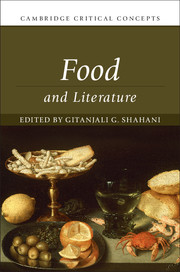Introduction
Writing on Food and Literature
Published online by Cambridge University Press: 26 June 2018
Summary
- Type
- Chapter
- Information
- Food and Literature , pp. 1 - 36Publisher: Cambridge University PressPrint publication year: 2018
References
- 1
- Cited by

